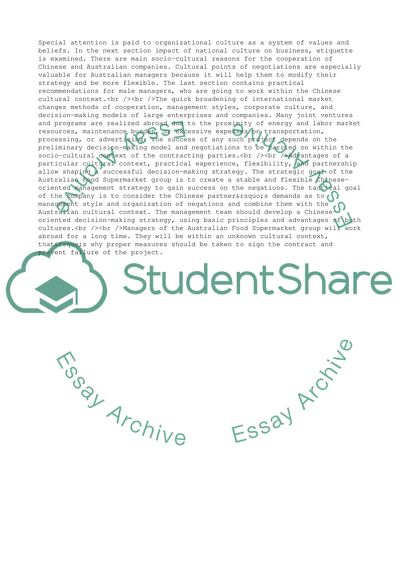Cite this document
(Cultural Framework of China and Australia Coursework, n.d.)
Cultural Framework of China and Australia Coursework. https://studentshare.org/management/1738045-managment
Cultural Framework of China and Australia Coursework. https://studentshare.org/management/1738045-managment
(Cultural Framework of China and Australia Coursework)
Cultural Framework of China and Australia Coursework. https://studentshare.org/management/1738045-managment.
Cultural Framework of China and Australia Coursework. https://studentshare.org/management/1738045-managment.
“Cultural Framework of China and Australia Coursework”. https://studentshare.org/management/1738045-managment.


